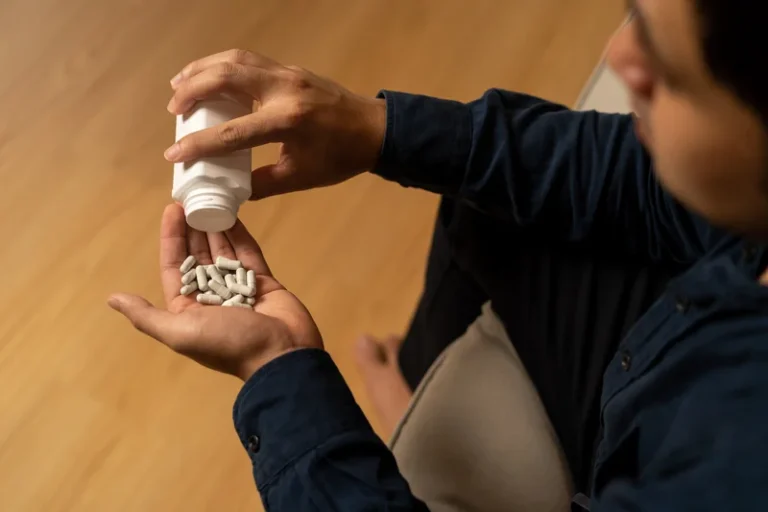
Ketamine has been traditionally used as a surgical anesthetic, but it has also been shown to be effective in the treatment of depression and alcohol use disorders. All clinicians who administer ketamine should understand the indications and contraindications. If you are dealing with a ketamine addiction, you will need professional ketamine addiction help to manage the physical and psychological effects of your addiction. And if you think that you may have unwillingly received this drug, it’s important that you promptly seek medical attention. At very high doses, users may experience unwanted side effects such as paranoia, increased blood pressure, and unconsciousness.
- When used for depression or chronic pain, ketamine is often applied intravenously in specialized clinics.
- “This is dangerous, as it’s important to be monitored for side effects by a nurse or doctor during the treatment,” she says.
- This means that ketamine has a potential for abuse that is less than the drugs in schedules I and II.
- But it’s being used in a lot of different settings, the most concerning of which is non-health care settings.
Why Do Prescription Drugs Have Such Crazy Names?
Alan Schatzberg, MD, Kenneth T. Norris Jr. professor of psychiatry and behavioral sciences, Stanford University. “We think that the number of synapses goes down because depression is so stressful that you actually prune or lose some of the synaptic connections https://ecosoberhouse.com/ in the brain,” Krystal says. While the patient is on the drip, Stewart says, they look asleep. Though some, he says, may talk or make a comment about the music playing on their headphones or some part of their experience, or perhaps ask where they are.
Ketamine for Depression: What to Know
Side effects of esketamine can include dissociation, dizziness, anxiety, nausea, numbness, sedation, a spinning sensation or vertigo, lethargy, and hallucinations. It can also cause bladder damage and has been linked to ulcerative cystitis; the chemical is toxic to the lining of the bladder. Ketamine increases heart rate and blood flow, relaxes airways and increases muscle tone. People who have been administered ketamine in surgery will appear awake (eyes remain open) but are in a dissociative state. Ketamine is injected intravenously (IV) or intramuscularly (IM, in a muscle) when used for surgery.
Ketamine Abuse
We know this from studies of people who excessively use ketamine recreationally. In a small 2022 study, people with treatment-resistant depression who received three IV ketamine infusions in 1 week found it easier to replace certain negative beliefs with more optimistic ones. Updating these beliefs seemed to help improve depression symptoms, according to the study authors. In a 2020 study, participants with treatment-resistant depression received either six ketamine infusions or five placebo infusions followed by one ketamine infusion over a 12-day period.
Is ketamine a valid alcohol addiction treatment?
Esketamine was brought to market around 2019 for the management of treatment-refractory depression [depression not responsive to standard treatment]. But there are serious risks linked to ketamine’s use, which is why it should only be given under the supervision of a doctor. The most serious are unconsciousness, high blood pressure, and dangerously slowed breathing.

Receiving Ketamine

This drug is similar to any other, your child may seem withdrawn and zoned out with a zombie-like expression. This drug gives the user a hallucinogenic effect, or sometimes a feeling of near-death, one referred to as K-Hole or K-Holing. Studies have looked into ketamine’s effect on depressed people who have a family history of alcoholism. I’m all for anything that can help minimize symptoms of addiction, whether you are using Kratom (an herb) to minimize opioid addiction or naloxone to help curb alcohol cravings.
Could this party drug be used for treating alcohol addiction?
Standard dosing involves taking the medication twice a week for about four weeks, then switching to once a week for another four weeks and then tapering off over time. Research has shown that esketamine can significantly reduce depression symptoms — relief that can last weeks after treatment ends. Nurses and pharmacists can play a crucial role during ordering and administration, guarding against improper dosing and checking for adverse events and drug interactions. [52] Resuscitative equipment is imperative if intubation is required. Before discharge, the clinical team must record the patient’s vitals. Important discharge education includes informing patients not to drive, use heavy machinery, or perform potentially hazardous activities for 24 hours after the administration of ketamine.

- The Controlled Substance Act classifies ketamine as a Schedule III non-narcotic drug.
- Mixing drugs is always risky but some mixtures are more dangerous than others.
- Receive free access to exclusive content, a personalized homepage based on your interests, and a weekly newsletter with the topics of your choice.
But injectable ketamine for depression or other mental health conditions is not yet FDA-approved and may not be covered. According to reviews from 2020 and 2021, ketamine is approved by the Food and Drug Administration (FDA) for use as a short-term injectable anesthetic in humans and animals for sedation. It works rapidly (within 10 to 30 seconds) when given intravenously for anesthesia. With ketamine, we have a drug that has unclear effectiveness with some very well described dose-response and cumulative adverse effects that run all the way up to death. There is a remarkable dearth of evidence of well controlled, randomized, blinded trials, which really represent the gold standard for how we assess effectiveness.

